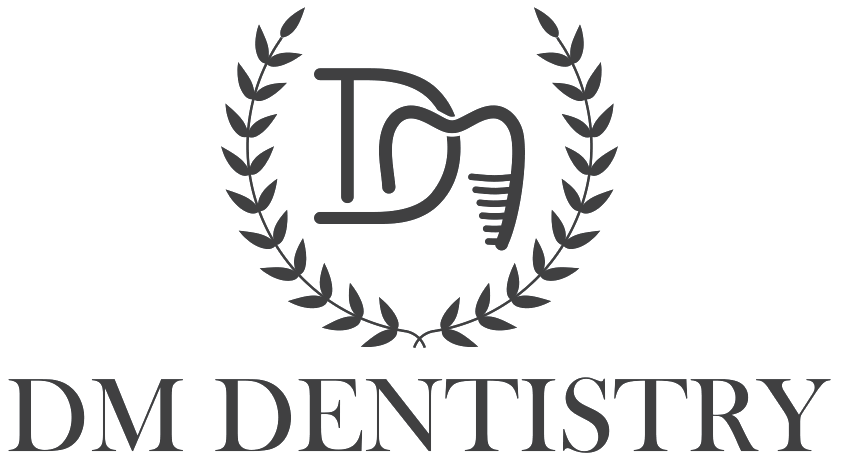Dental Implants
Dental Implant Restoration in San Ramon
Dental implants are designed to last for decades, but they may require maintenance and repair over time. An implant restoration involves restoring a loose or damaged implant to its original form and function. This need for restoration is more common than many patients may anticipate.

Dental implant restoration involves reinstating the strength, appearance, and function of a dental implant that has become loose or damaged. When issues arise with a dental implant, it is crucial to seek professional assistance. Here are some common circumstances that may require dental implant restorations:
Poor Oral Hygiene: Maintaining a consistent oral hygiene routine—including brushing multiple times a day, flossing, using mouthwash, and monitoring any mouth issues—is essential for implant longevity. Neglecting oral hygiene can lead to complications requiring restoration.
Fractured Dental Implant: If an implant fractures, a dentist will need to remove the broken components and replace the implant.
Loose Dental Implant: Causes of a loose implant can include gum recession, gum disease, or the implant failing to integrate properly with the jawbone. It is important to seek prompt care if an implant feels loose.
Worn-down Implant: Although dental implants can last for decades, they may wear down over time due to aging or factors like teeth grinding.
Cosmetic Concerns: Issues like discoloration can also be addressed through implant restoration, enhancing the aesthetic appearance.
DM Dentistry advises anyone experiencing complications with the stability, function, appearance, or health of their dental implant or the surrounding area to schedule an appointment. Implant restoration can help address these issues and restore the implant to its optimal condition.
Each dental implant restoration procedure is unique. If complications arise with an implant, the dentist will perform an oral examination to assess the severity of the issues and identify the underlying cause. Our team will be available to answer any questions and provide guidance throughout the process. Depending on the findings, the dentist may recommend additional treatments, such as gum disease treatment, bone grafting, or gum grafting.
When a dental implant needs to be replaced, the current implant is typically removed and substituted with either a screw-retained or cement-retained restoration, the two main types of dental implant restorations. According to FOR.org, both types have similar complication rates, around 3%. A screw-retained restoration offers secure retention and can be easily tightened if it becomes loose, although it may not be as aesthetically pleasing. In contrast, cement-retained restorations are generally considered more attractive but can be more challenging to adjust if issues develop. Our team can help you decide which type is best suited to your needs and preferences.
If the crown or the abutment connecting it to the implant becomes loose or broken, it is often a relatively straightforward fix. However, if the actual implant post is loose or fractured, the situation becomes more complex. A broken implant post will need to be removed and replaced with a new one. Similarly, a loose implant post may also require replacement, though in some cases, the existing crown can be reused on the new implant. If bone loss has occurred, you may need a bone graft and time to heal before the new implant can be placed.
Regardless of the cause, a loose implant should be treated as a dental emergency. Ignoring a loose implant can lead to bone loss and infection, and any damage may worsen over time. If your implant becomes loose or damaged, contact our team immediately for prompt evaluation and treatment.
